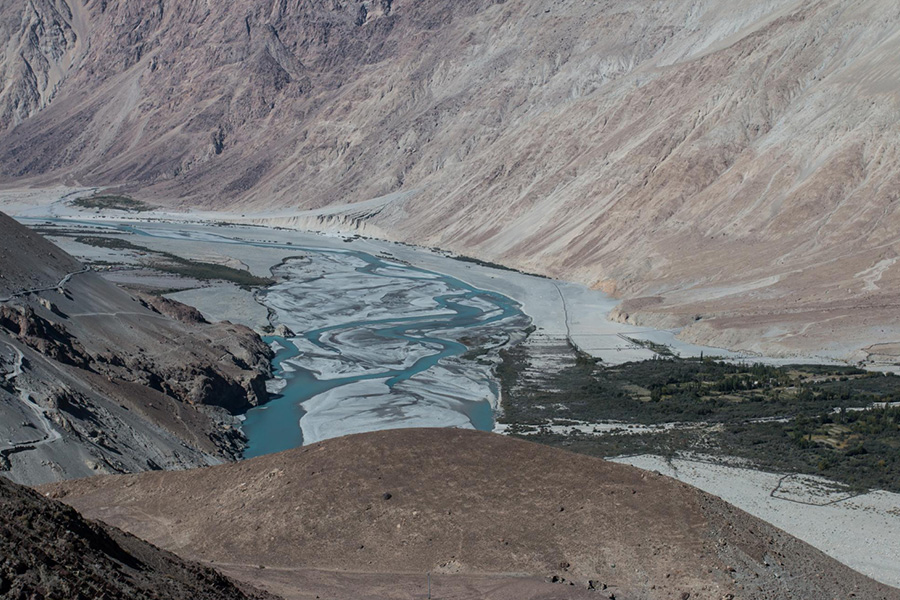
Human activities account for over 80% of streamflow variations in the Huaihe River basin.
Authors
Juan Chen, College of Hydrology and Water Resources, Hohai University, Jiangsu, Nanjing, China; Institute of Water Transfer Engineering, Hohai University, Nanjing, China
Duanxiang Cao, College of Hydrology and Water Resources, Hohai University, Jiangsu, Nanjing, China
Weiguo Zhang, Ningbo Water Resources and Hydropower Planning and Design Institute Co. Ltd, Ningbo, China
Feifei Sun, Ningbo Water Resources and Hydropower Planning and Design Institute Co. Ltd, Ningbo, China
Yunling Li, MWR General Institute of Water Conservancy Resources and Hydropower Planning and Design, Beijing, China
Yu Hou, China South-to-North Water Diversion Eastern Route Corporation Limited, Beijing, China
Rupesh Kumar, Professor, Jindal Global Business School (JGBS), O P Jindal Global University, Haryana, Sonipat, India
Mohammad Rafe Hatshan, Department of Chemistry, Riyadh, Saudi Arabia
Summary
Understanding the spatiotemporal evolution and attribution of streamflow is critical for effective water resource management and climate security. This study conducts a comprehensive analysis of runoff dynamics across multiple temporal scales in the Huaihe River basin, which is a major hydrological region in China. By examining annual, interannual, and interdecadal trends, the research delineates tendencies, abrupt changes, and periodicity in runoff patterns. The double mass curve (DMC) method is applied to quantify runoff variations, incorporating influences of vegetation dynamics, anthropogenic water withdrawals, and climate change. The results reveal a highly uneven annual runoff distribution in the Huaihe River basin. Most hydrometric stations show statistically insignificant declining trends in annual, flood-season, and non-flood-season runoff, except for the Hengpaitou section. Significant mutation points are detected around 1990 and 2000 across all runoff series, along with periodic fluctuations featuring dominant about 30-year cycles.
Attribution analysis indicates that human activities account for over 80% of the observed streamflow variations. In the upper basin, indirect anthropogenic factors (e.g., land use changes and vegetation dynamics) dominate, whereas direct human interventions have a stronger influence in the middle reaches. These findings enhance understanding of the interactions between natural processes and anthropogenic impacts on hydrology, providing a scientific basis for sustainable water resource management under climate change in the Huaihe River basin and similar regions.
Published in: Land Degradation and Development
To read the full article, please click here.

